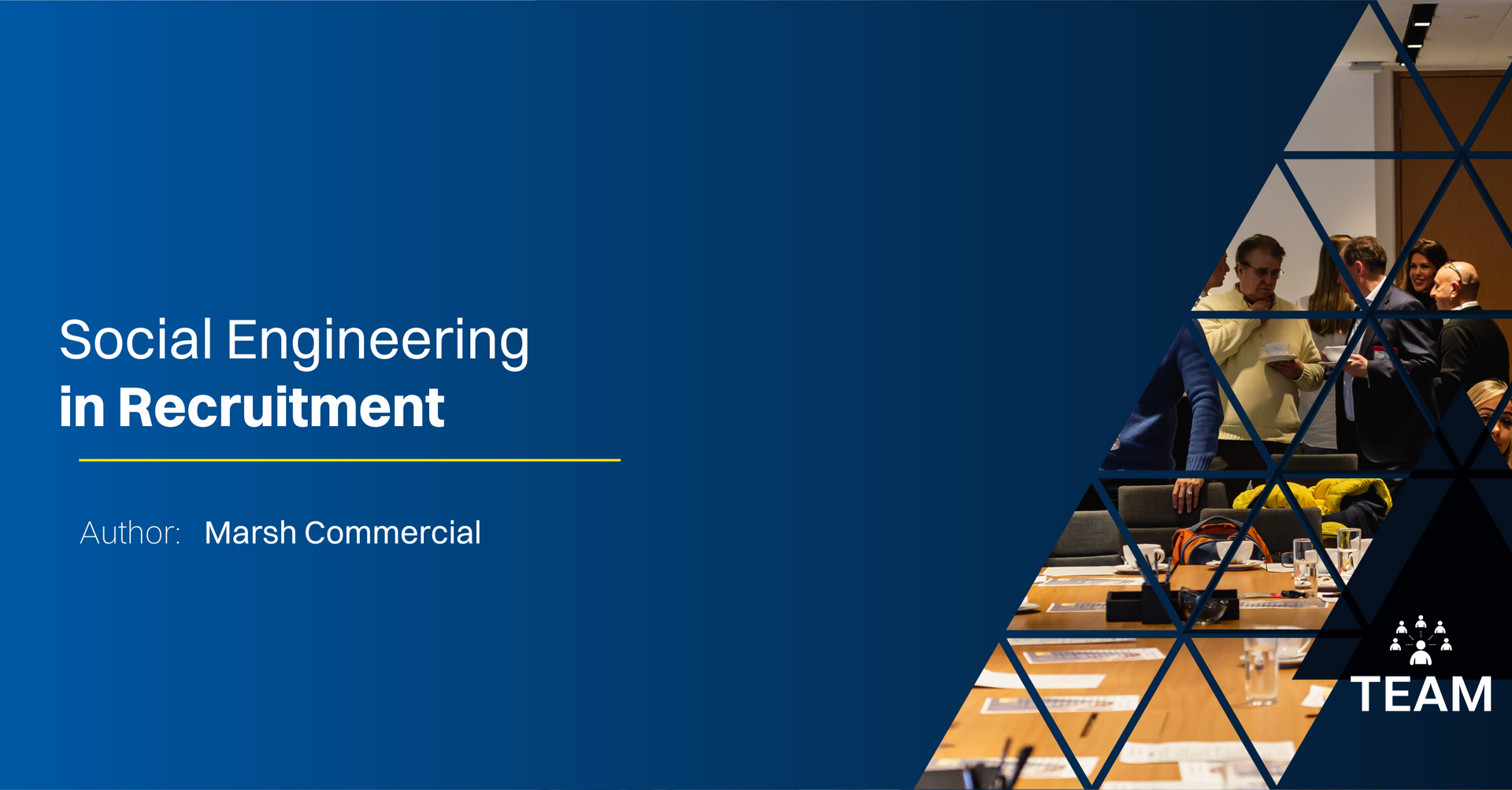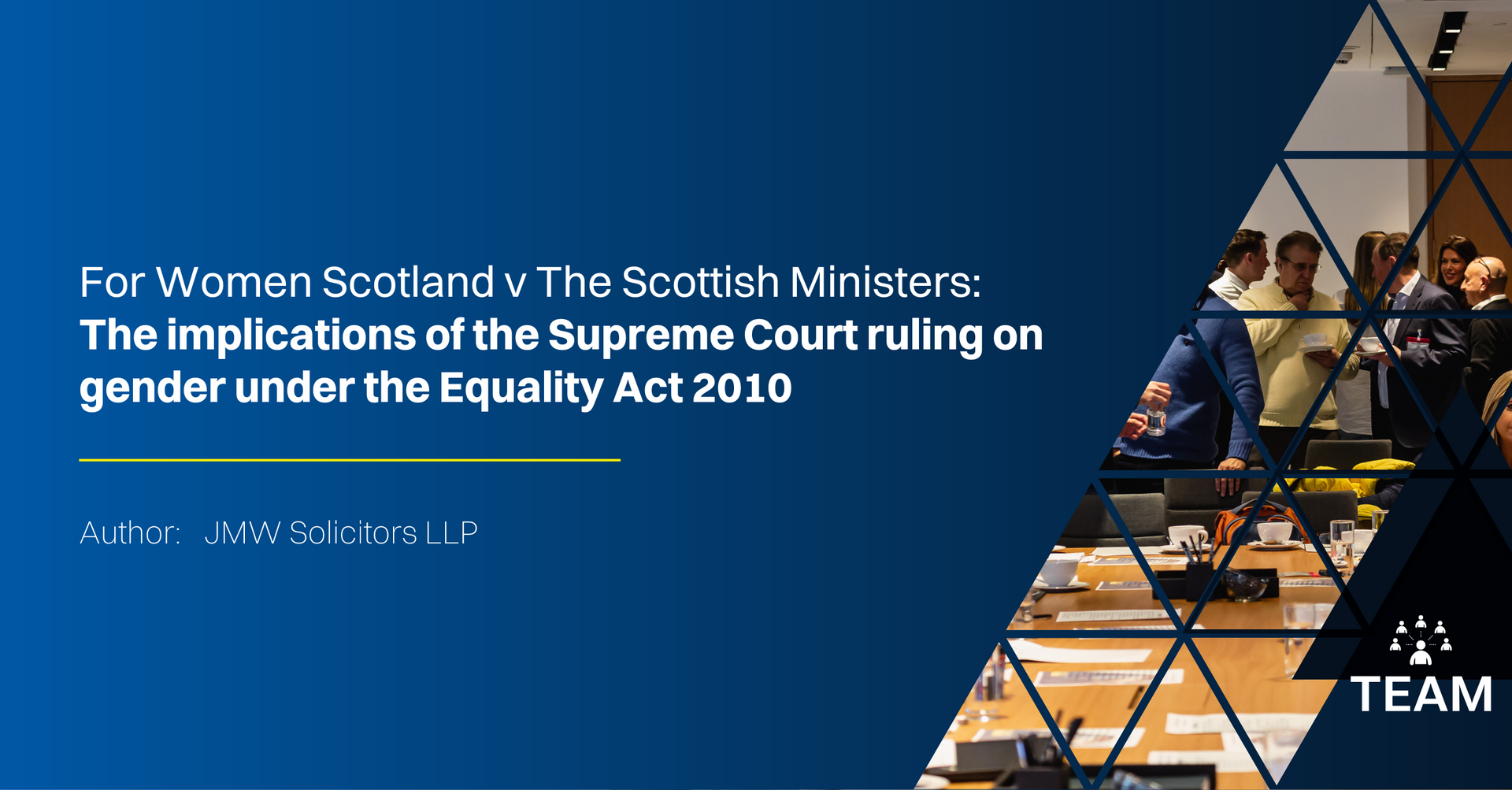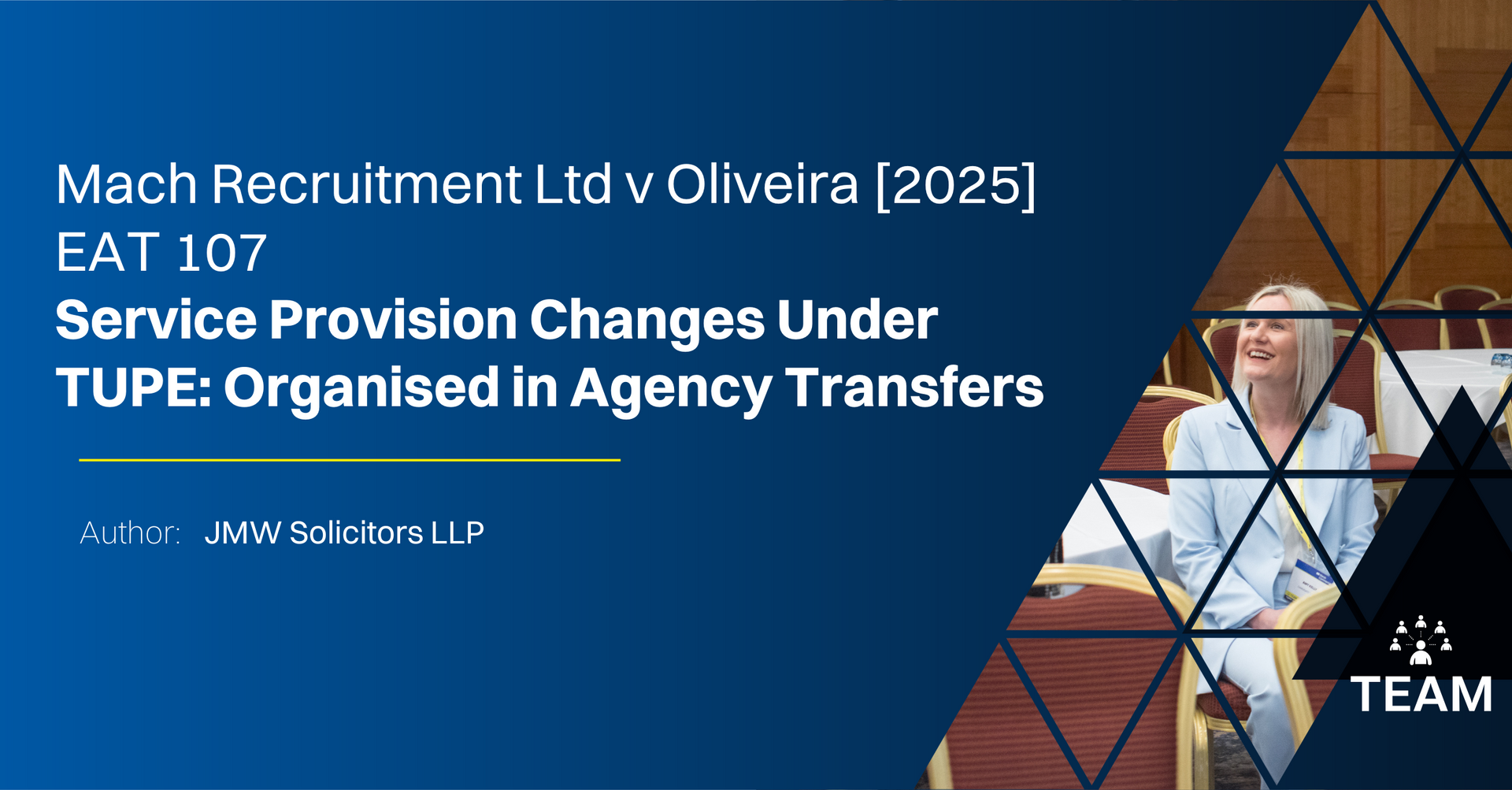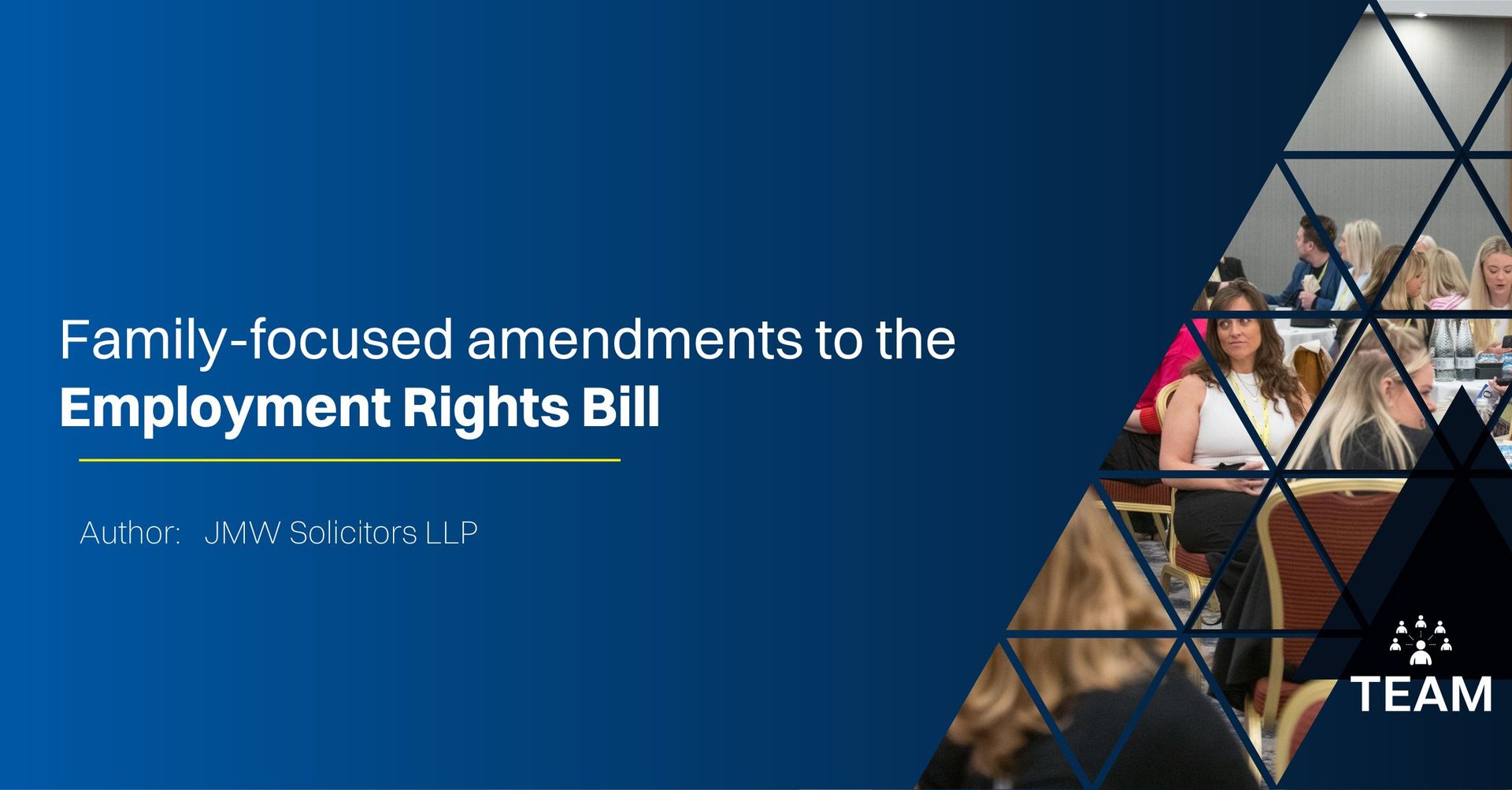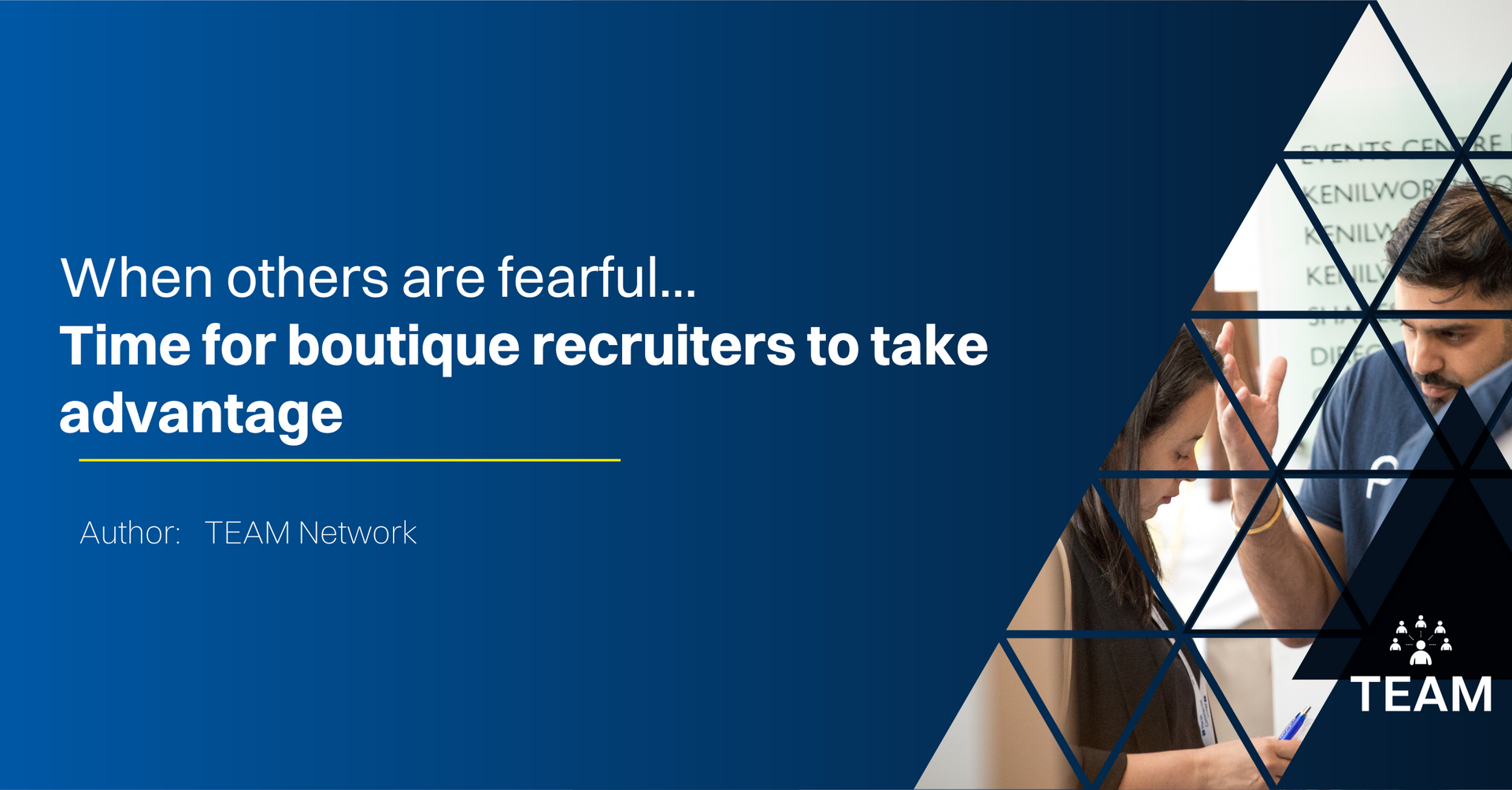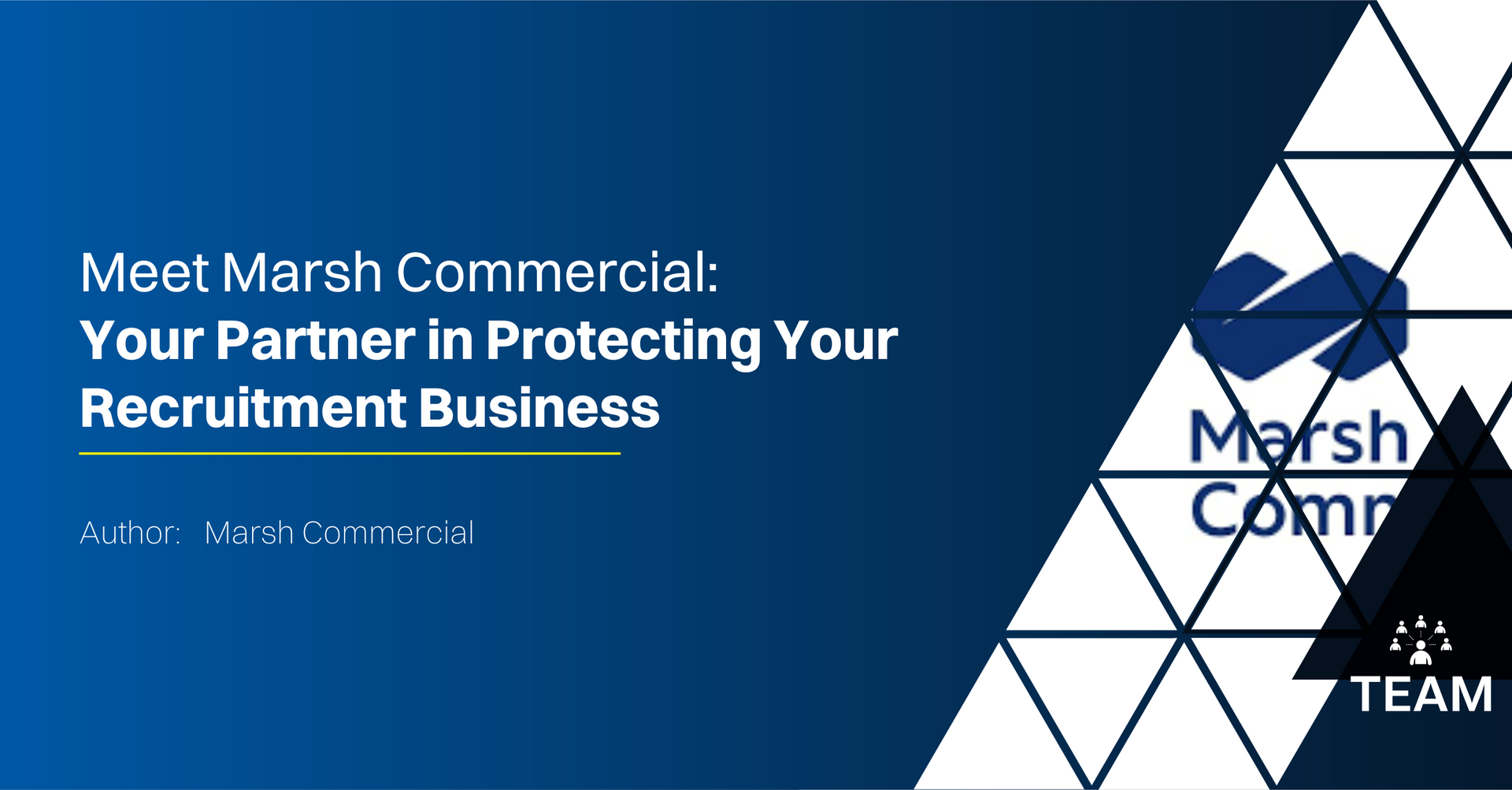It’s no secret that well-designed recruitment software can make your job as a recruiter easier. But it’s also worth asking – how can you use it to improve the candidate experience too?
When the market is candidate-short, it’s in your interest to put candidates first. Here are a few ways recruitment software can do just that…
Put candidates in the driver’s seat
When it comes to handling personal information, recruitment software puts candidates firmly in the driver’s seat.
Any good CRM should come with a secure candidate portal where candidates are in control of the personal information they share and can update their job preferences as they see fit.
Your CRM is also a great tool for communicating with your candidates and keeping your process transparent. A good candidate portal will show candidates the jobs that they have applied to and communicate the status of their application meaning they are never left in the dark.
Provide a more personal service
As with any kind of technology, recruitment tech is there to automate the time-consuming tasks so you can focus on building relationships with your candidates
Recruitment software is designed to free up a lot of your time so you can focus on providing a better, more personalised experience for every candidate.
With less administrative burden, a more streamlined recruitment process and a more resourceful database to work with, this provides a better experience for everyone involved.
Keep communication on point
No candidate likes being targeted with irrelevant job ads or any other content that doesn’t speak directly to them and this will never happen to your candidates if you’re working with a well-segmented candidate database.
With the right technology, your candidates will only receive job alerts that are directly relevant to their current situation.
Contact recording also ensures your communication is on point with every candidate. There’s nothing more embarrassing than a candidate being contacted twice about the same opportunity and this won’t happen if activities are automatically recorded against the candidate’s record.
Good recruitment software also clearly highlights how engaged a candidate is with your business or what stage they’re at in the hiring process – for example, if they’re out for interview, at offer stage, etc. This shows you who is engaged but also who isn’t. Flagging candidates who’ve been buried and missed gives recruiters the opportunity to re-engage them and serve them better.
Avoid CVs falling through the cracks
How many times a month do you see this situation happen: a CV lands in your inbox, you save it to your desktop to look at it later, you completely forget about it then spot it two weeks later, call up the candidate up and are left kicking yourself because they’ve already been scooped up by a competitor?
Recruitment software automates the process of collecting applications and digitally records them in the CRM, so no CV goes unnoticed. An automatic acknowledgement will also be emailed each time a candidate successfully submits a CV and recruiters can see clearly who has applied and who still needs to be responded to.
So, if you’re in the process of shopping around for a new recruitment software, or even looking into a CRM for the very first time, make sure you think about what’s in it for the candidate as well as your recruiters when making your choice.
Service Provider Spotlight
This article has been provided by David Connolly, Senior Growth Outreach Specialist at TEAM Service Provider – Firefish Software.
Firefish Software is a combined recruitment marketing and CRM software that’s changing the way businesses recruit.
Since launching in 2010, they’ve helped hundreds of recruiter-owned agencies gain serious competitive edge by combining their recruitment CRM and marketing activities onto one platform.
They’re currently serving more than 50 TEAM Member agencies, helping them make 25% more placements by recruiting the Firefish way.
